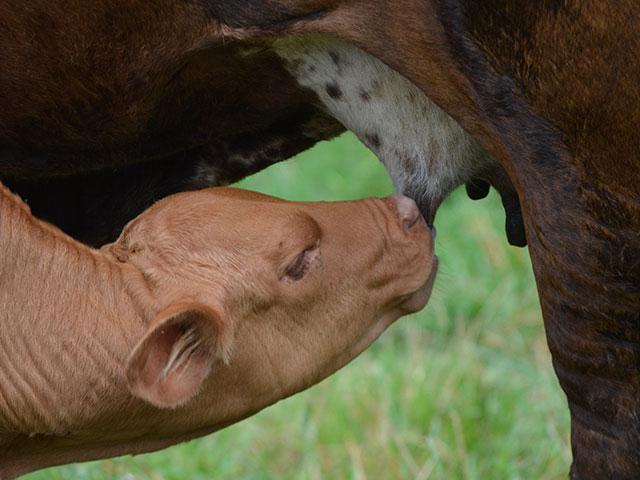Ask the Vet
What Causes Johne's Disease in Cattle, and How Can It Be Prevented?
READER QUESTION:
My nephew who lives next door to us just bought a dairy cow. He is worried that if my cows get into the lot with his dairy cow, she could get Johne's disease from them. Is this something we need to be worried about?
DR. MCMILLAN'S ANSWER:
I think it is unlikely, but not impossible, for this to happen. Johne's has traditionally been thought of as a dairy disease, but it is probably far more prevalent in beef cows than we know. There are many more common diseases than Johne's in the beef herd, but few of them are as challenging and difficult to eliminate.
P[L1] D[0x0] M[300x250] OOP[F] ADUNIT[] T[]
Johne's is caused by the bacterium Mycobacterium avium, subspecies paratuberculosis. Infection most commonly occurs around birth or when calves are very young. Sources of infection include colostrum of infected cows, contaminated milk, sucking and nursing contaminated udders, or suckling or licking on any other contaminated surface. Johne's can also be transmitted while the calf is in utero.
In some situations, older animals can become infected with Johne's, especially if they are held in unsanitary, wet areas where manure has built up.
Infected cattle initially show signs of diarrhea and weight loss, but they still have a good appetite. Early in the disease, there is no shedding of bacteria, and blood tests and fecal culture will be negative. Testing can be very challenging because there is typically a long incubation period between infection and clinical signs of two to five years.
There is a second phase where animals shed the virus and can infect other cattle, but they show no clinical signs. The bacteria can survive in soil up to 18 months.
There is no treatment for Johne's, and infected animals eventually waste away and die. If you have an animal with signs consistent with Johne's, it is important to get it tested by your veterinarian as soon as possible. If Johne's is ever diagnosed in the herd, a herd testing program should be implemented.
Keep calving areas clean and dry to help prevent calves from infection with both Johne's and other common diseases. Practice good biosecurity to prevent the introduction of disease, and purchase cattle only from reputable sources who also have good biosecurity programs in place.
**
Editor's Note:
Please contact your veterinarian with questions pertaining to the health of your herd or other animals. Every operation is unique, and the information in this column does not pertain to all situations. This is not intended as medical advice but is purely for informational purposes.
Write Dr. Ken McMillan at Ask the Vet, 2204 Lakeshore Dr., Suite 415, Birmingham, AL 35209, or email vet@progressivefarmer.com.
(c) Copyright 2023 DTN, LLC. All rights reserved.






